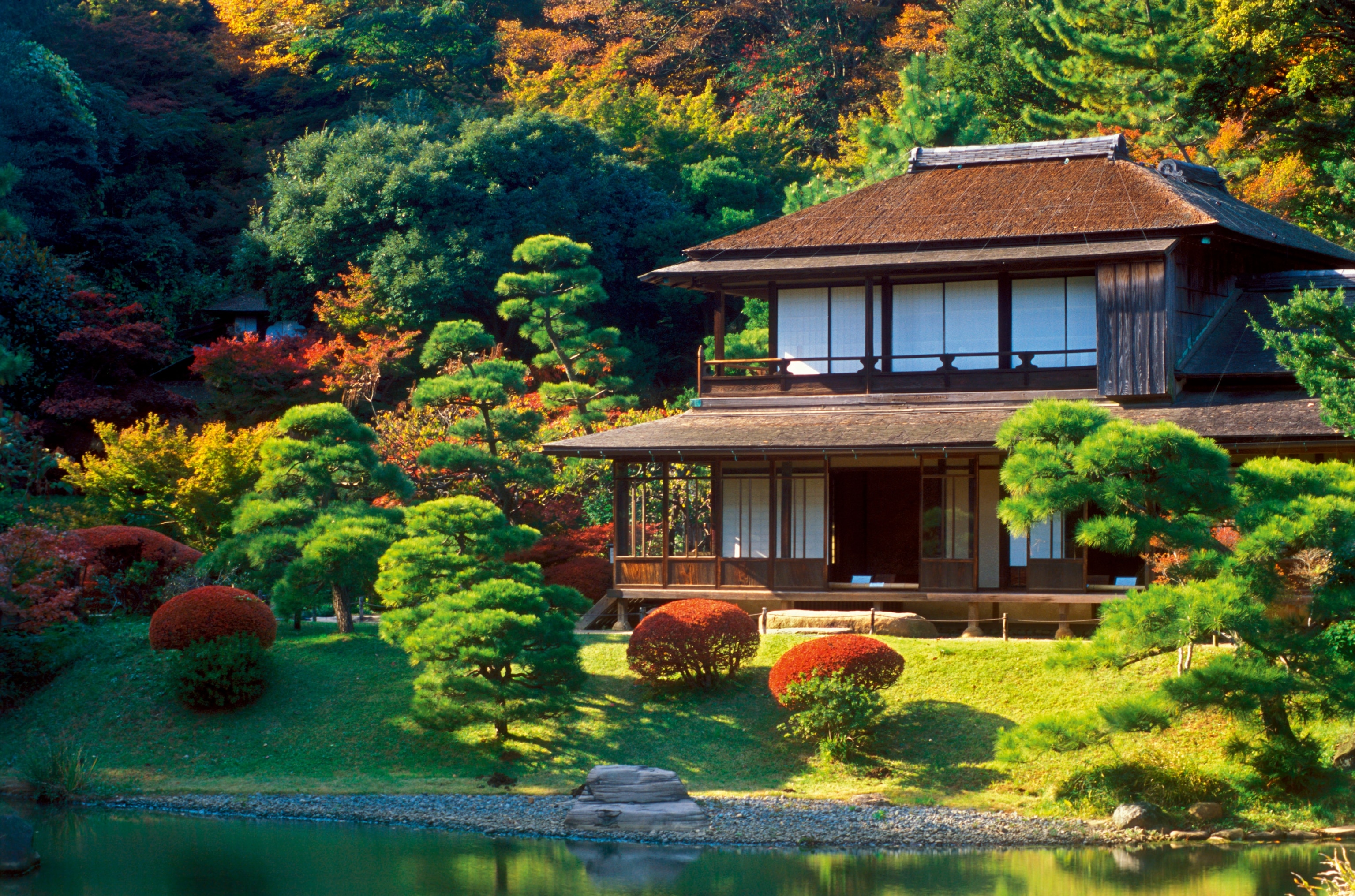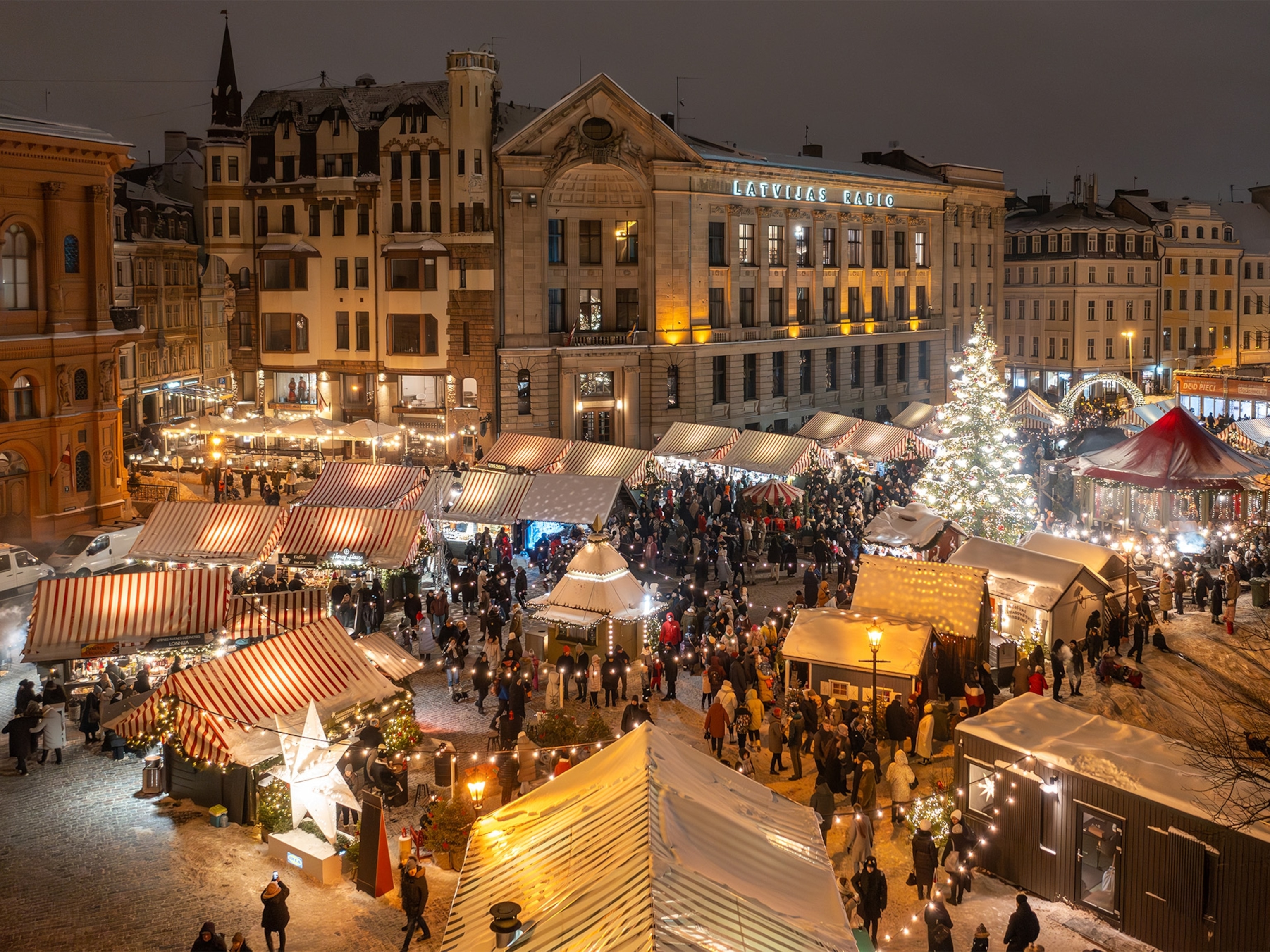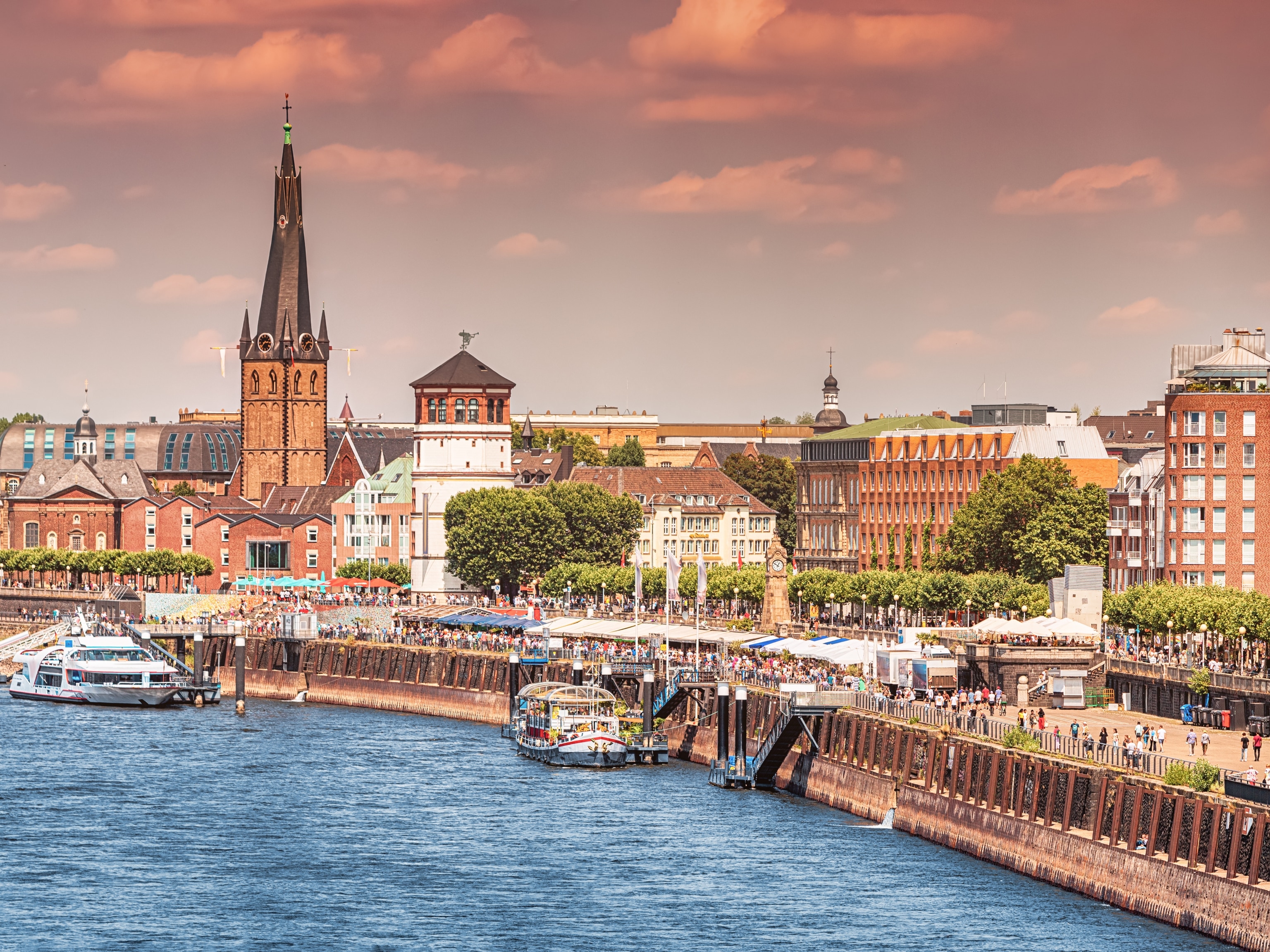
A guide to Yokohama, the Japanese city cementing its identity as a creative hub
Here is how to make the most of your visit to Yokohama, Japan's second-largest city, ahead of the reopening of the Yokohama Museum of Art in March 2024.
With the narrow spire of Tokyo’s Skytree in the distance, the view from Yokohama’s waterfront never seems to escape the clutches of its more prominent neighbour. Yet, Japan’s second-largest city is coming into its own as an artistic haven. This creativity is set to be showcased in style in March 2024, when the Yokohama Museum of Art reopens after a two-year renovation — just in time for the Yokohama Triennale, an art festival that turns the city into a creative stage every three years.
Views of Yokohama’s bay unfold amid broccoli-shaped trees from Yamashita Park, offering a survey of the city — a former fishing village that sprung into sparkling skyscrapers in just 150 years. Take the short walk past the undulating, wave-like walkways of Osanbashi Pier and 20th-century Red Brick Warehouse — now a shopping and cultural centre — to BankART1929. Housed in a repurposed 1920s bank in the dockside area of the Minato Mirai neighbourhood, it’s an airy space showcasing artists aged 35 and under. For more art, saunter across the Katabira River and through the rush of Yokohama Station’s west exit. Founded by an eye surgeon, the sleek Fei Art Museum Yokohama runs an eclectic range of exhibitions.
Refuel at Yokohama Chinatown, Japan’s largest, where slender alleys are festooned with crimson paper lanterns. Try searing xiaolongbao soup dumplings and crescent-shaped, pan-fried gyoza at Dalian, a neighbourhood institution. From here, it’s a short taxi ride south to Sankeien Garden. Walk your meal off in this 43-acre park, passing quiet temples, wooden teahouses and bobbing lotus flowers, soundtracked by a stream of cascading water and surrounded by cherry blossoms in spring.

Back in the hum of the city, Koganecho has grown phoenix-like into the unassuming epicentre of Yokohama’s art scene. Squeezed between railway arches and the Ooka River, this neighbourhood became a red-light district after bombing in the Second World War turned it into a lawless zone. That all changed in 2005, when its yakuza-run brothels were shut down and reimagined as workshops. The streets have bright murals and many studios are a spectacle themselves, with tall windows offering an insight into the artists’ creative process.
This enclave’s most exciting addresses include Gallery Made in Koganecho for everything from textile work to video installations, while Site-A Gallery showcases pieces by local artists in a light space with high ceilings. Koganecho Art Book Bazaar, meanwhile, squeezes 20,000 items such as second-hand books, cutesy postcards, historic maps and other prints onto wooden shelves.

For a break from browsing, try standup paddleboarding with the Yokohama SUP Club. Gliding along downtown rivers and canals provides a unique perspective of the Jenga-like metropolis. Afterwards, head to Laugh Park — a tiny haunt offering beers and an impressive vodka collection alongside regular exhibitions and DJ sets.
Yokohama’s seductive sea of neon glimmers as the sun sets and the Ooka winds into Nogecho, the city’s traditional nightlife area. Its cramped alleys are stacked with eating options; try Tempters, a steamy corner spot for grilled skewers of kawa (chicken skin) and shishito peppers. It’s just a short stumble from here to riverside Miyakobashi Shotengai, a street wall-to-wall with microbars like El Nubichinom and Itosanchi serving up sake and highballs. See out the evening with a dram of Hibiki whisky in the mahogany surroundings of Windjammer, Yokohama’s oldest jazz bar, and don’t miss the city’s colourfully lit 369ft Ferris wheel.
To subscribe to National Geographic Traveller (UK) magazine click here. (Available in select countries only).




